| Structure | Name/CAS No. | Articles |
|---|---|---|
 |
Fluo-3
CAS:123632-39-3 |
|
 |
Methanol
CAS:67-56-1 |
|
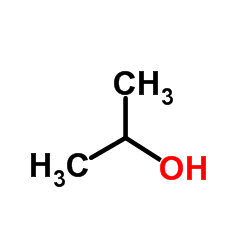 |
Isopropanol
CAS:67-63-0 |
|
 |
Dichloromethane
CAS:75-09-2 |
|
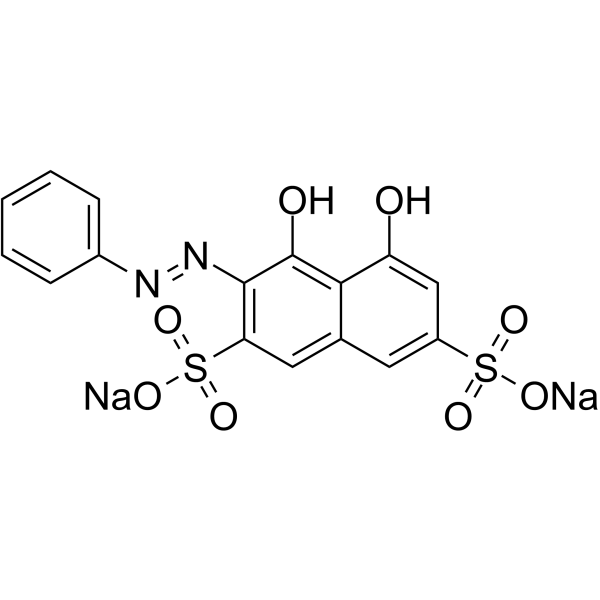 |
Chromotrope 2R
CAS:4197-07-3 |
|
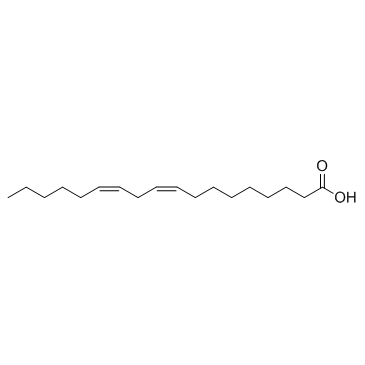 |
Linoleic acid
CAS:60-33-3 |
|
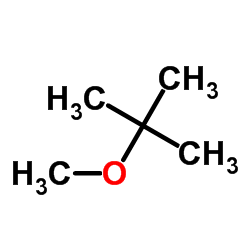 |
Methyl tert-butyl ether
CAS:1634-04-4 |
|
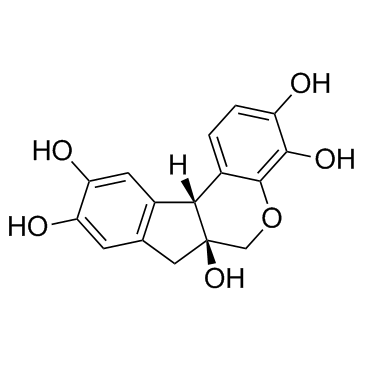 |
Hematoxylin
CAS:517-28-2 |
|
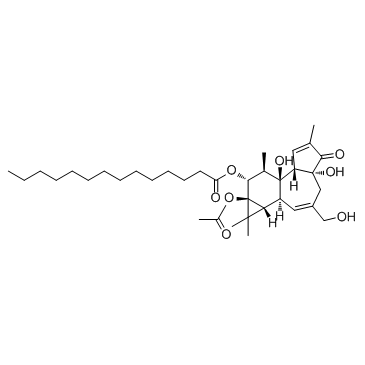 |
12-O-tetradecanoylphorbol-13-acetate
CAS:16561-29-8 |
|
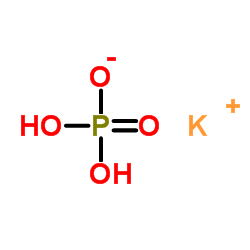 |
Monopotassium phosphate
CAS:7778-77-0 |